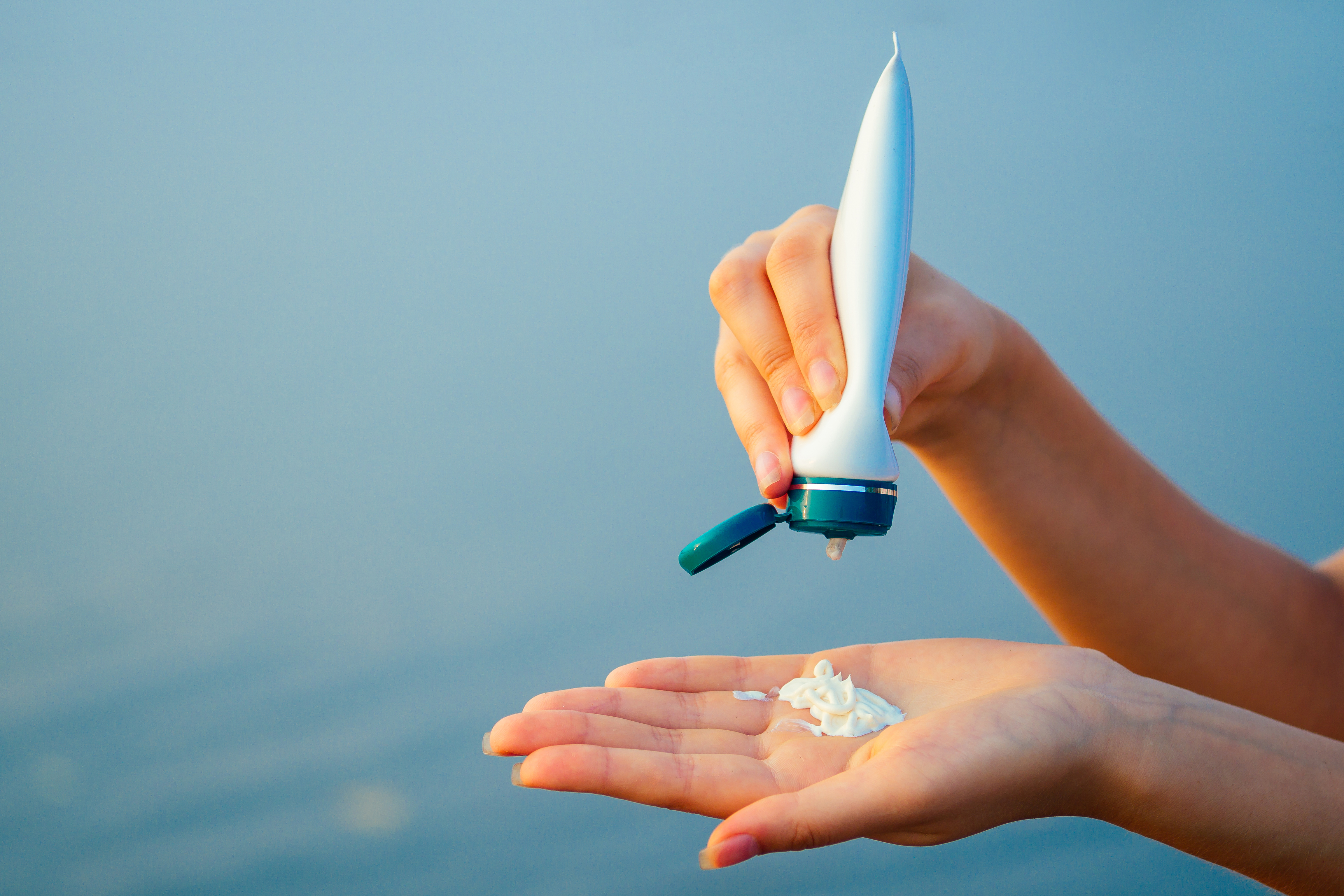12 Crucial Mistakes You're Making With Sunscreen And How To Fix Them
Sun protection is not just a seasonal concern but a year-round necessity. With the increasing awareness of the harmful effects of ultraviolet (UV) radiation, understanding how to effectively use sunscreen has become crucial. This article explores how to transform common sunscreen slip-ups into strengths, ensuring optimal skin protection. By mastering the art of sun protection, not only can you prevent sunburns and premature aging, but you can also significantly reduce the risk of skin cancer. This comprehensive guide will delve into the science behind sun protection, common mistakes, and how to turn them into effective skincare strategies.
1. Understanding UV Radiation: The Invisible Threat

UV radiation is a form of electromagnetic radiation emitted by the sun. It is categorized into three types: UVA, UVB, and UVC. While UVC is mostly absorbed by the Earth's atmosphere, UVA and UVB reach the surface and affect our skin. UVA rays penetrate deeply, contributing to skin aging and wrinkles, while UVB rays are primarily responsible for sunburn. Both types can lead to skin cancer. Understanding these differences is crucial for choosing the right sunscreen. By knowing how each type of radiation affects the skin, you can better appreciate the need for broad-spectrum protection.
2. Choosing the Right Sunscreen: Beyond SPF

Many people focus solely on the Sun Protection Factor (SPF) when selecting a sunscreen, but there's more to consider. SPF measures protection against UVB rays, but it doesn't account for UVA protection. A broad-spectrum sunscreen is essential for comprehensive protection. Additionally, consider the formulation—whether it’s a cream, lotion, spray, or stick—based on your skin type and activity level. Ingredients like zinc oxide and titanium dioxide provide physical barriers, while avobenzone and octocrylene absorb UV radiation. Understanding these components helps you choose a sunscreen that suits your needs and skin type, ensuring maximum protection.
